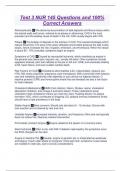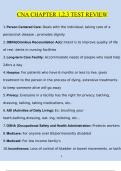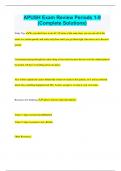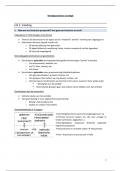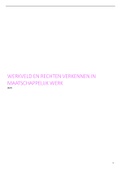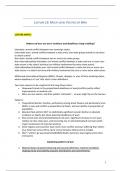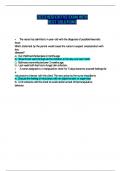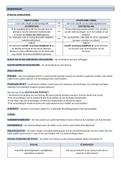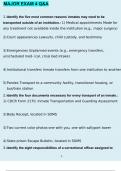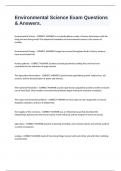Examen
Test 3 NUR 145 Questions and 100% Correct Answers
- Cours
- Établissement
Atherosclerosis The abnormal accumulation of lipid deposits and fibrous tissue within the arterial walls and lumen, referred to as plaque or atheromas; CAD is the most prevalent and the leading cause of death in the US; CAD usually begins with HTN Plaque The buildup of deposits in the arteries r/t...
[Montrer plus]
